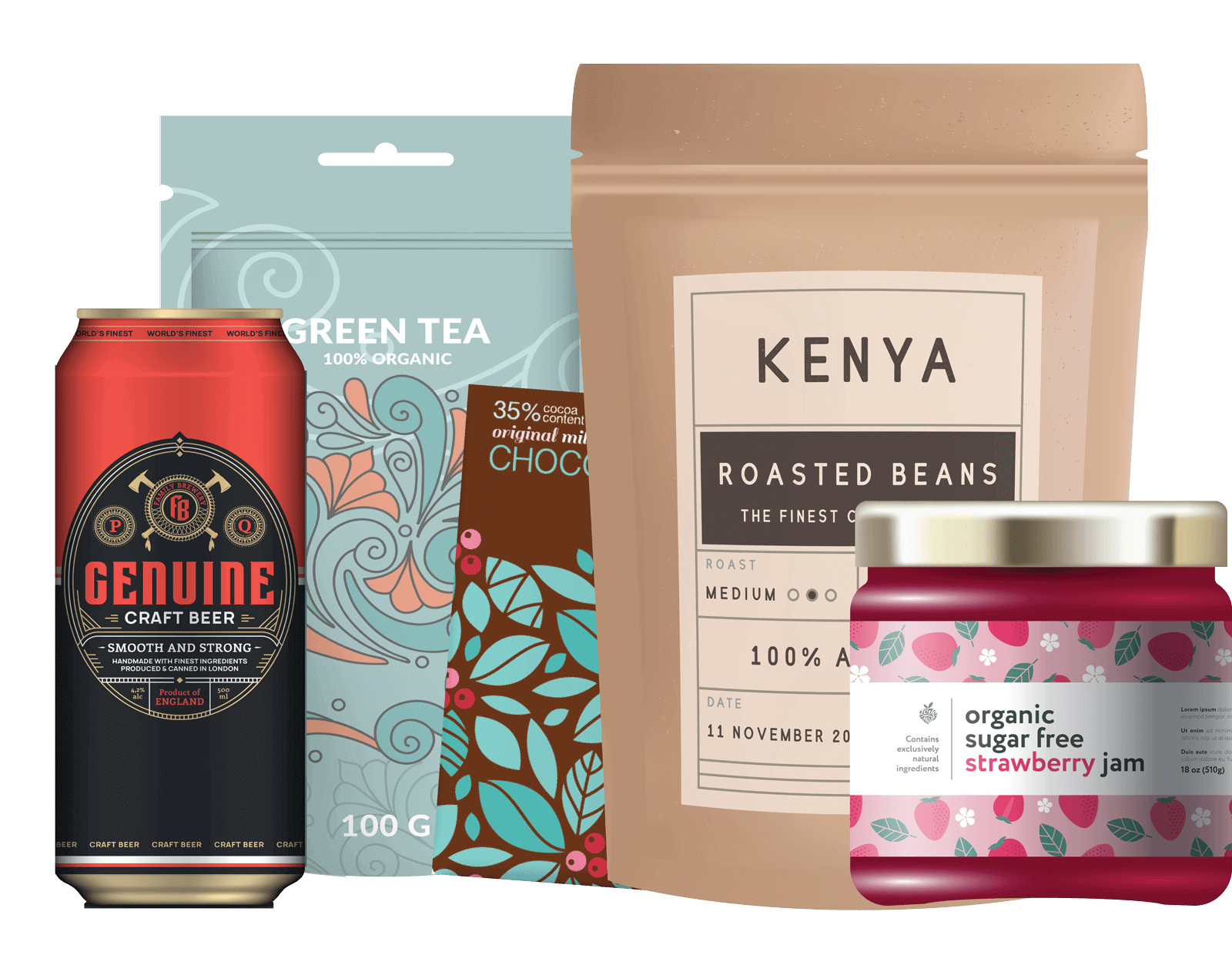The Importance of Eco Friendly Packaging
In the past, companies tried catching consumer attention with fancy packaging, flashy logos and high-profile marketing campaigns. While not all of this has changed, another element has come to the forefront of packaging – eco friendly packaging.
The importance of eco friendly packaging extends past getting consumer attention, however – it also makes a real impact on the environment. According to the European Organization for Packaging and the Environment (EUROPEN), companies helped decrease the amount of packaging waste ending up in landfills by almost 50 percent.
In the United States, increased recycling efforts helped prevent over 80 tons of packaging material from landfills in 2009. However, approximately 1.5 million tons of waste still comes from paper packaging alone, not to mention more than 13 million tons of plastic packaging.
The need for increased eco friendly packaging is very important and is important to consumers as well, which gives companies a double incentive to rework their product packaging in a more environmentally friendly manner.
Methods
There are several possible methods to improve eco friendly packaging:
-
Lightweighting
The term ‘lightweighting’ means using less plastic to create packaging, such as a thinner plastic water bottle. This uses less plastic during manufacturing and results in less material to be recycled or going to waste. In addition, many companies find that lightweighting lowers their transportation costs, including less fuel, which in turn is also good for the environment. Companies can ship more items when the product weighs less, making transportation more efficient and reducing fuel in that manner as well.
-
Recycled Materials
Another effective method is the use of recycled materials to create the initial packaging. For example, recycled plastic can be utilized to create a water bottle, whereas before the bottle was likely made from virgin plastic.
Other potential recycled packaging materials include glass, corrugated cartons, paperboard and steel.
-
Biodegradable Plastics
One of the biggest advancements in eco friendly packaging is the use of biodegradable plastics, created from natural sources such as wheat, potatoes and corn. Also referred to as bio-plastics, these plastic containers break down faster when placed in a decomposition environment such as a landfill.
-
Post-Consumer Recycled Material
Post-consumer recycled material is packaging material that the consumer can recycle when finished with the product contents. Clearly marking packaging as recyclable and providing information about how to best recycle the container help improve consumer awareness of this option.
-
Natural Packaging
Another growing area of interest is natural packaging, which decomposes faster and is compostable as well. An example is coconut husks, which has low water absorption, high strength levels, no chemicals or additives and good compostability.
Considerations
There are many other factors that play into the use of eco friendly packaging. For instance, packaging material stained from food cannot be recycled. This is because the food residue may contaminate the slurry used in the recycling process.
Adhesives on glue, tapes, paper and plastic cups present the same problem. Contaminates used on the packaging material make it difficult to recycle.
M. Jacob & Sons
The world of eco friendly packaging is complex, which may act as a roadblock for some companies. However, with the guidance of an expert packaging solutions team, identifying acceptable and functional packaging is possible for just about any product.
Potential industries include the following:
-
Vitamin
-
Drug
-
Industrial
-
Automotive
-
Garden
-
Household
-
Beauty
-
Health
-
Beverage
-
Food
For more information about how to create a custom design for eco friendly packaging, contact the team at M. Jacob & Sons at 800-915-2262. Our team has been in the business for over 100 years and offer innovative solutions to environmentally friendly packaging.

